
GoGear: 10 Top Must Haves for the Brand New RVer
So, you bought a new RV! Fantastic! Now what...
At least that's what we asked ourselves once we made our first big RV purchase. Between reading all the manuals and trying to learn the systems, purchasing a new rig can get overwhelming...we remember the excitement AND the sleepless nights very well. One thing we quickly learned is that the RV itself wasn't to be our last purchase before hitting the road. There were a few things we needed to make our RVing experience run smoothly and efficiently. To save you some of the hassle of figuring it out yourselves, we put together this list. Here are 10 things you'll want to pick up right away!
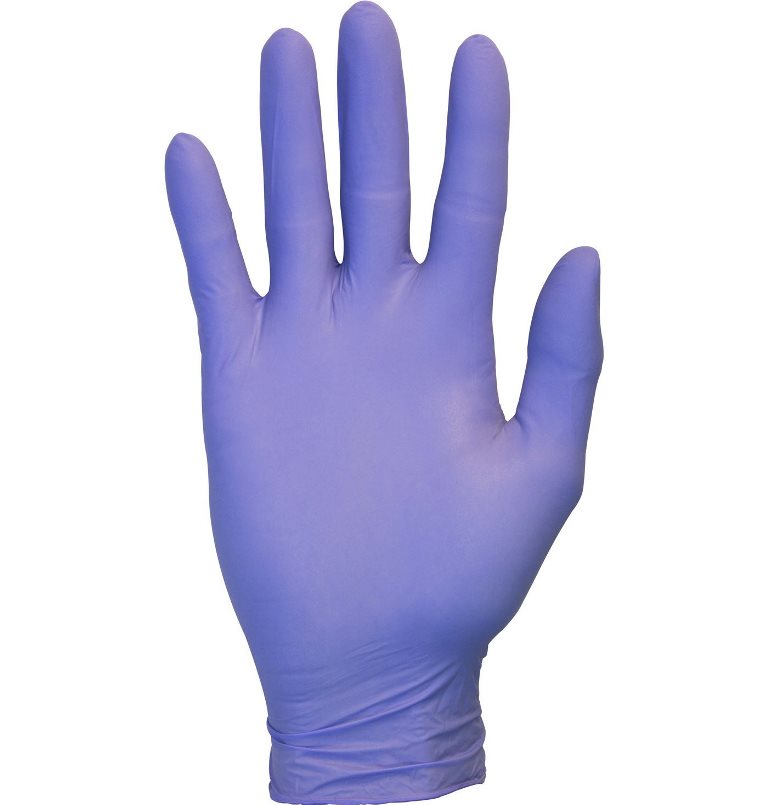
OK people, there's no getting around this. At some point in your RVing life, you're going to have to deal with the reality of dumping your black tank. If you do it correctly, it's actually not a messy process. Even so, it just makes good, clean sense to do this while wearing some gloves. So get yourself a box of these and leave them with your RV sanitation accessories.
2: Sewer Hose with Secure Connections:
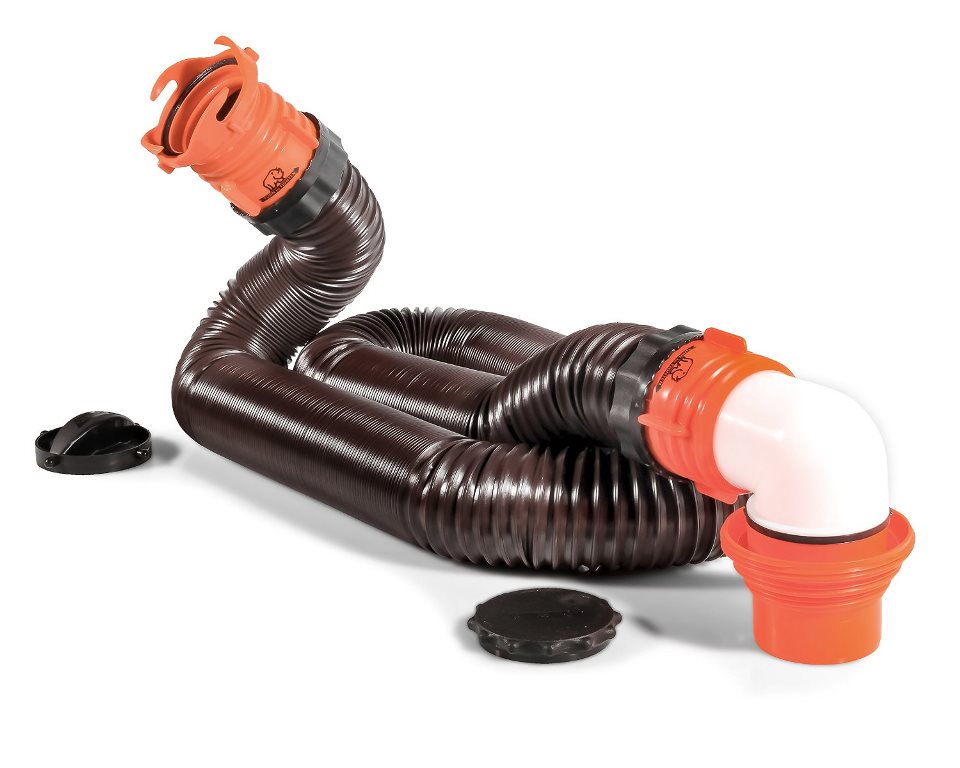
If you've ever seen a large rock at an RV dump station and wondered what it was for -- here's your answer. If your rig came with a basic sewer hose, it probably has connections on one end to secure it to your RV. The other end may be just... hose. "The Rock" is there to hold your hose in place when the nasty stuff starts gushing out. But there's a better way: RV sewer hoses are available that lock in at both ends, and they come with adapters and fittings to secure them into any dump station you're likely to roll across. Save the rock for your radio, and get yourself something like this.
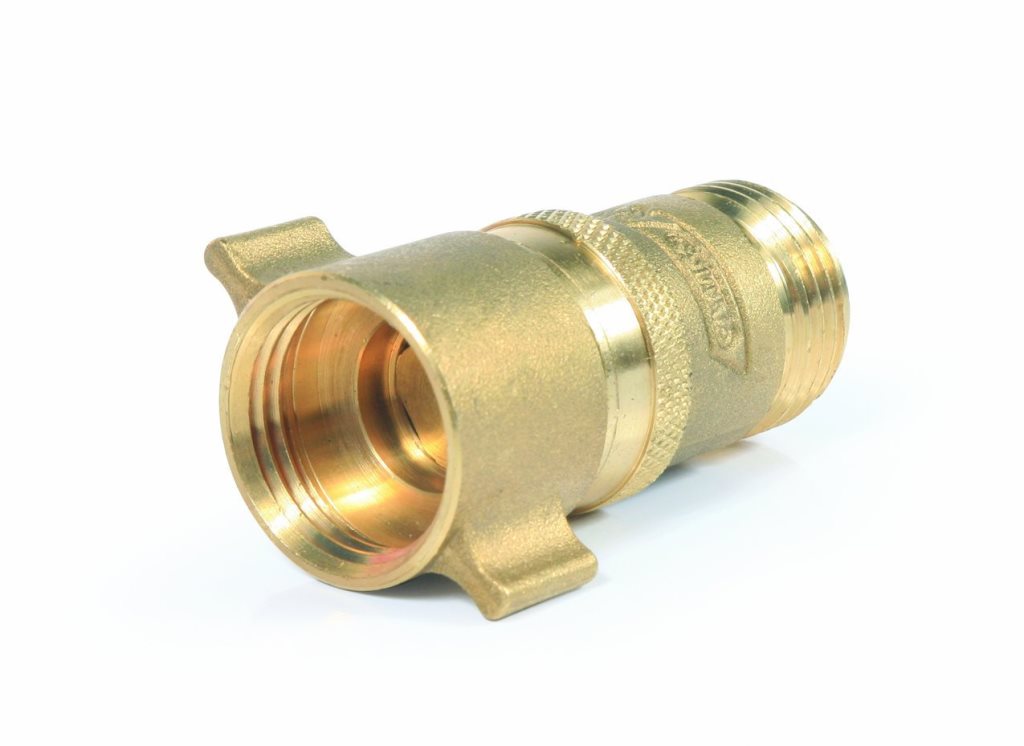
Basically, you need a water pressure regulator because you never know what pressure the campground water is running. You don't want to hook your rig up to that and risk blowing up part of your plumbing system. We've previously done some testing of water pressure regulators here on Winnebagolife.com. The "Best Value" option from that roundup is cheap -- and easily packed -- insurance against watery disasters.
4: Dedicated Fresh Water Hose:
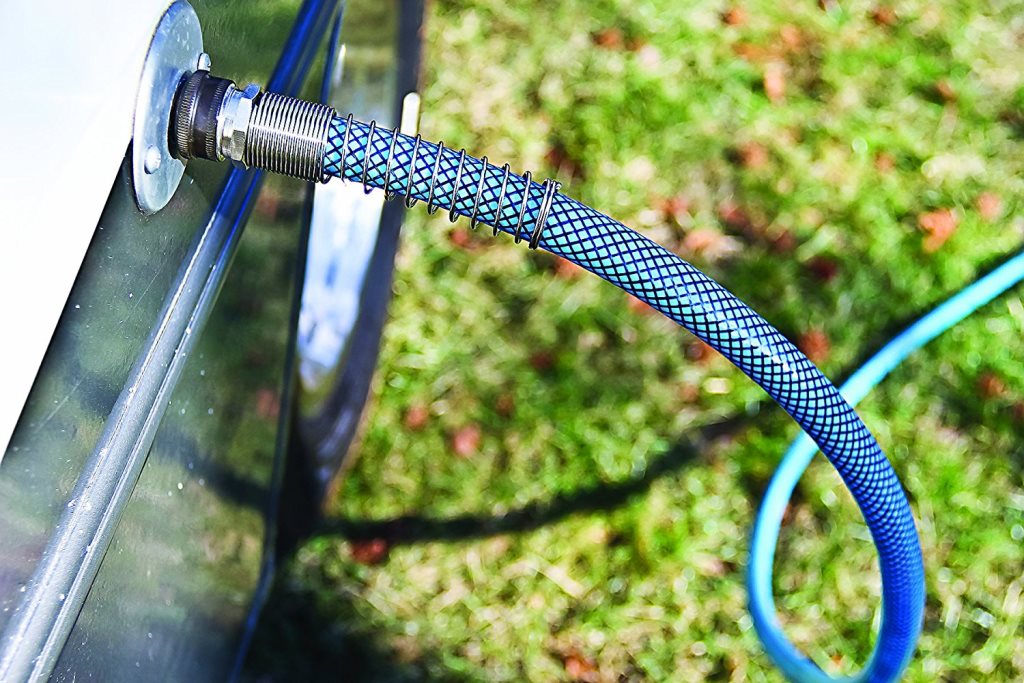
The water that comes into your RV will be used for bathing, washing dishes, drinking, cooking, you name it. The fresh water hose is the under-appreciated lifeline that brings it in. It will be outside, in the sun and weather, and under pressure almost all of the time, so it makes sense to get a good one. You'll want something that is long enough, drinking safe, and clearly color coded so that you'll only ever use it in clean and fresh water hookups. In RV-land, they're generally colored either white or blue, like this one.
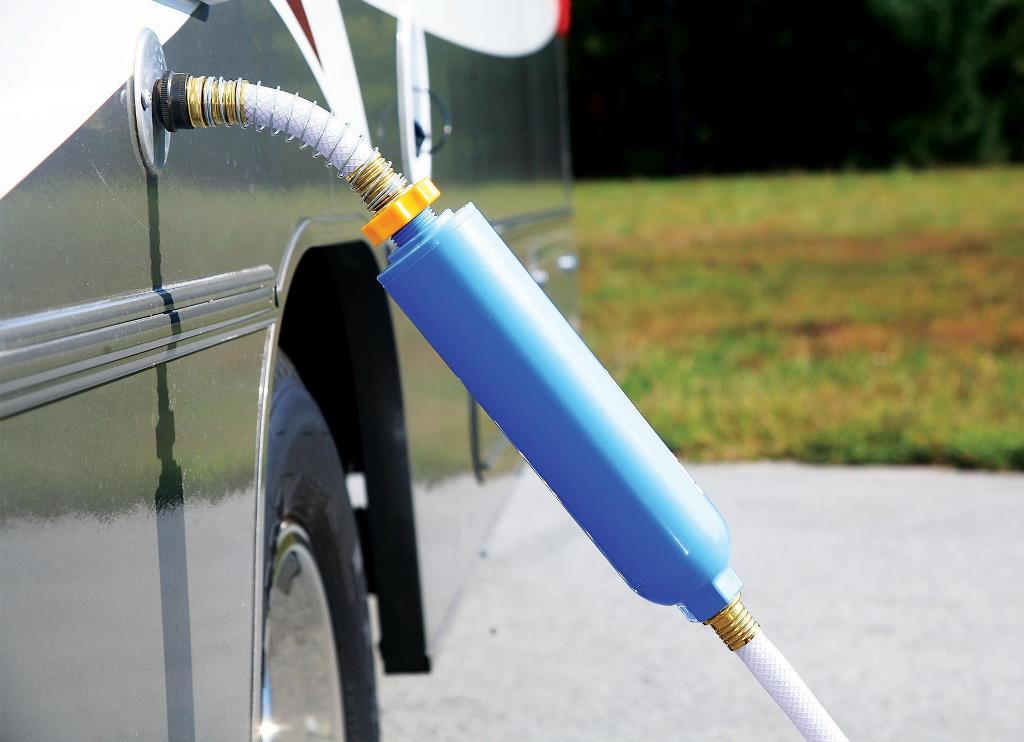
Not everyone drinks the water from their RV's plumbing system, but we do! At home, we installed a water filter, and our home on wheels deserves the same treatment. Fortunately, there are inexpensive alternatives that will provide basic filtration and won't leave a bad taste in your mouth... or your wallet. This is the one we travel with; it's just installed in line with the fresh water hose.
6: Dedicated "Dirty" Water Hose:
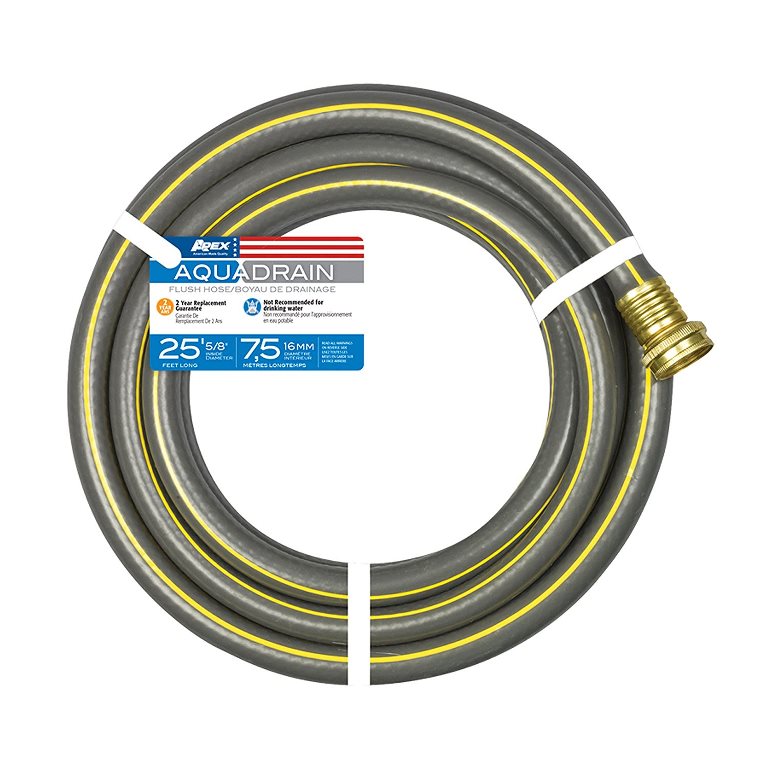
Just as you'll want a dedicated hose for your fresh water, you'll want to dedicate a hose for "less than fresh" water. You'll use this hose for rinsing the sewer hose, for example. For RV use, these are generally colored green, brown, grey... anything EXCEPT white and blue!! If you're looking for suggestions, this one fits the bill nicely.
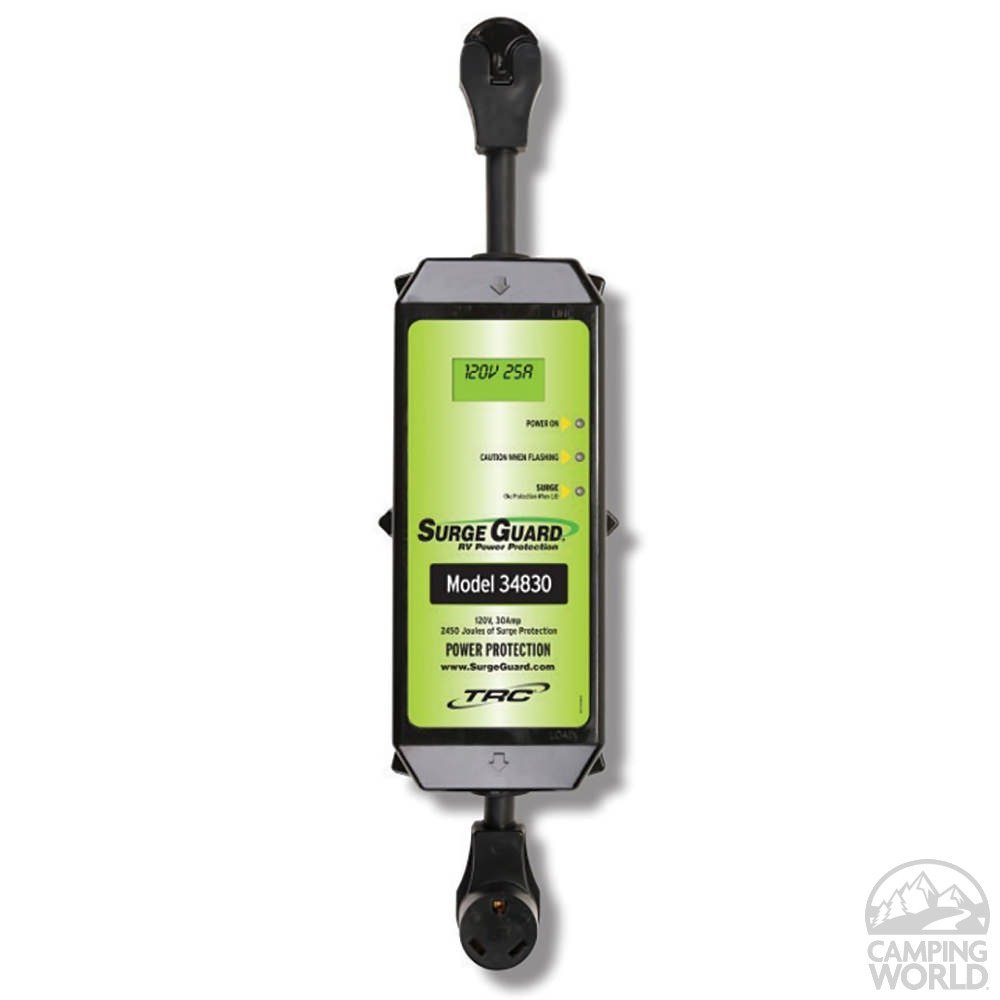
Your RV's electrical system is safe when it's isolated. But just like a TV, it's vulnerable to whatever it's plugged into. You could be at risk if there's an electrical storm nearby, or if the power pedestal is mis-wired. These kinds of things have the potential to damage your RV, so it makes sense to travel with some protection. Portable surge suppressors may seem expensive initially, but when you consider what they're protecting, it's just good insurance. Something like this will protect most rigs.
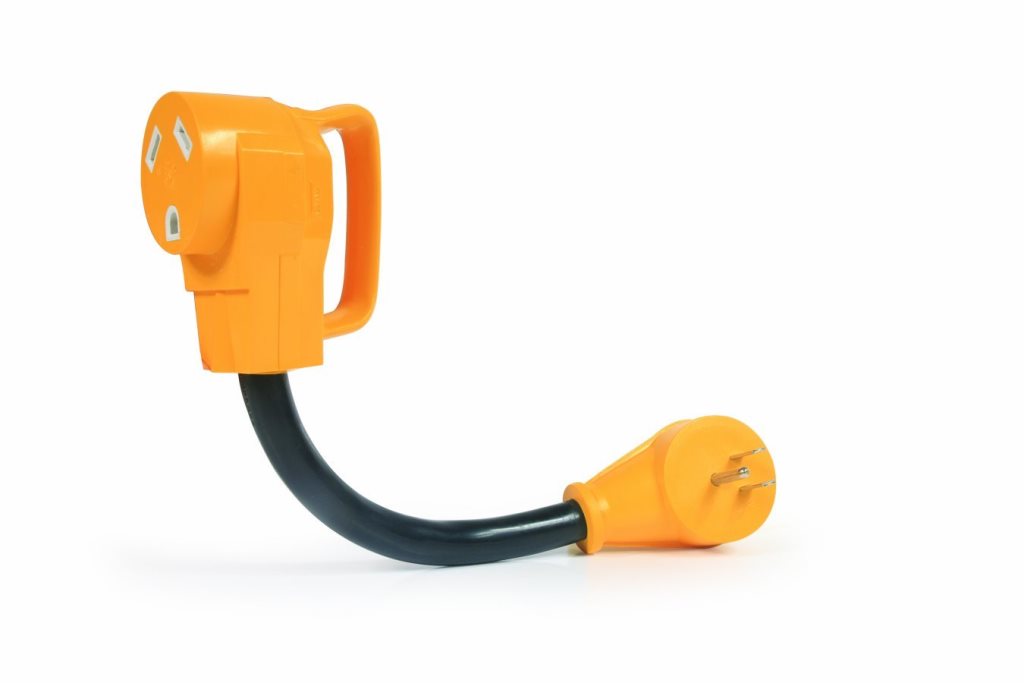
Eventually, you'll roll up to an RV site that provides power in a different configuration than what your RV was designed for. Maybe your rig takes 50 amp service, but the campground only offers 30. Or the situation could be reversed. For us, it happened for the first time in the middle of the night with no stores open. Since then, we've learned our lesson, and we always travel with an assortment of RV electrical adapters. Be safe when using them, pay attention to the amp ratings, and these could one day keep you out of the dark.
9: Jack Pads or Leveling Blocks:
Everybody is different, but most people don't like to sleep with their feet higher than their heads. But even if you could deal with that, it's no fun to have doors swinging open or closed on their own because you're parked on a slope. Leveling your RV is about to become part of your life. Some rigs have built-in leveling jacks. And whether these are hand cranked, electrical, or hydraulic, putting a jack pad down under them not only keeps the jack from damaging the pavement, but it could help keep it from sinking into soft ground. So if your RV has leveling jacks, consider getting some jack pads, like these:
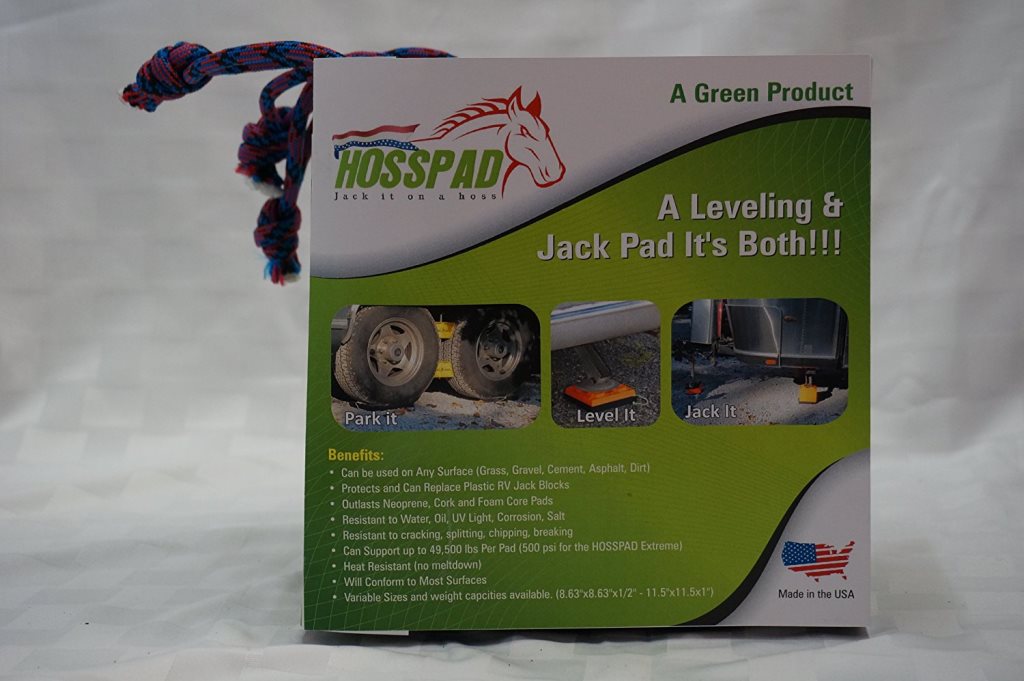
Now, if your rig doesn't have leveling jacks, you'll want to level your rig by rolling it up onto blocks of various heights. This is the adult version of giant Lego blocks for your RV. Most RVers at one time or another get themselves a set of something like these:
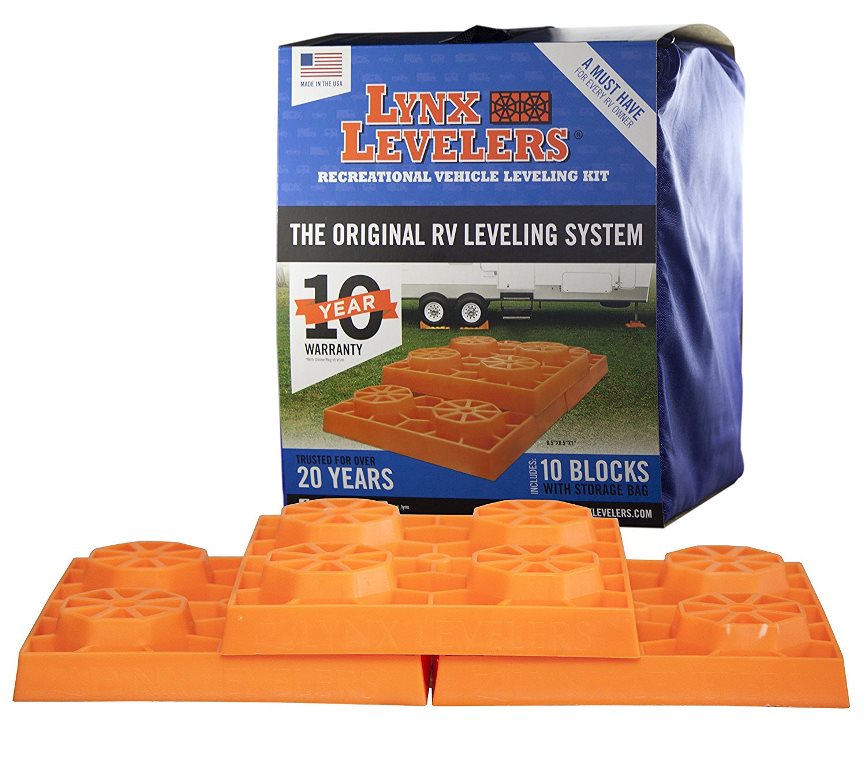
10: Head Lamp:
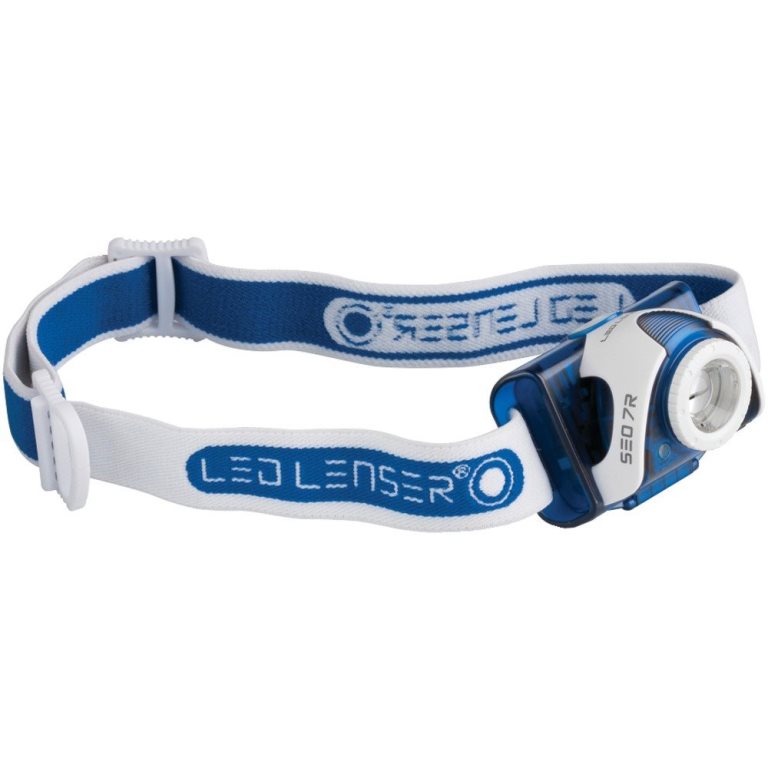
Pretty much anything you do with your RV, at some point in your RVing career, you're going to wind up doing in the dark. That means you're going to need a portable light source. And it just makes sense that you'll want both hands free while you do whatever it is that needs being done. That's why we roll with a couple of these -- a quality LED headlamp. (They're a little expensive, but once you have them, you'll be surprised how many times you reach for them.)
Comments
Comments on this post are moderated, so they will not appear instantly. All relevant questions and helpful notes are welcome! If you have a service inquiry or question related to your RV, please reach out to the customer care team directly using the phone numbers or contact form on this page .